
Essential PPE in the Food Industry: What You Need to Know
Overwhelmed by PPE options for food safety? Master your PPE selection for food workers safety with these practical tips.
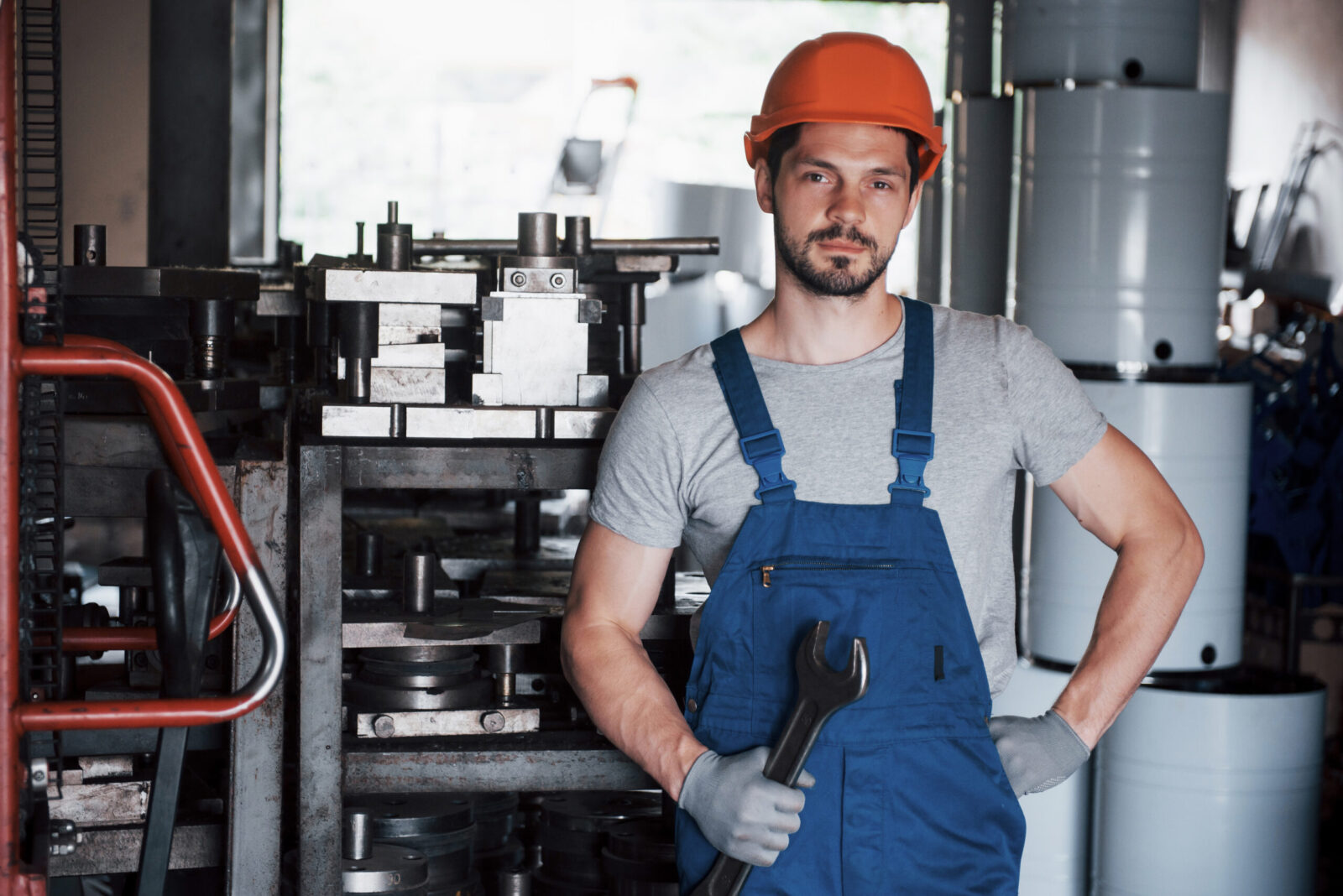
Get 20€ off on your first order!

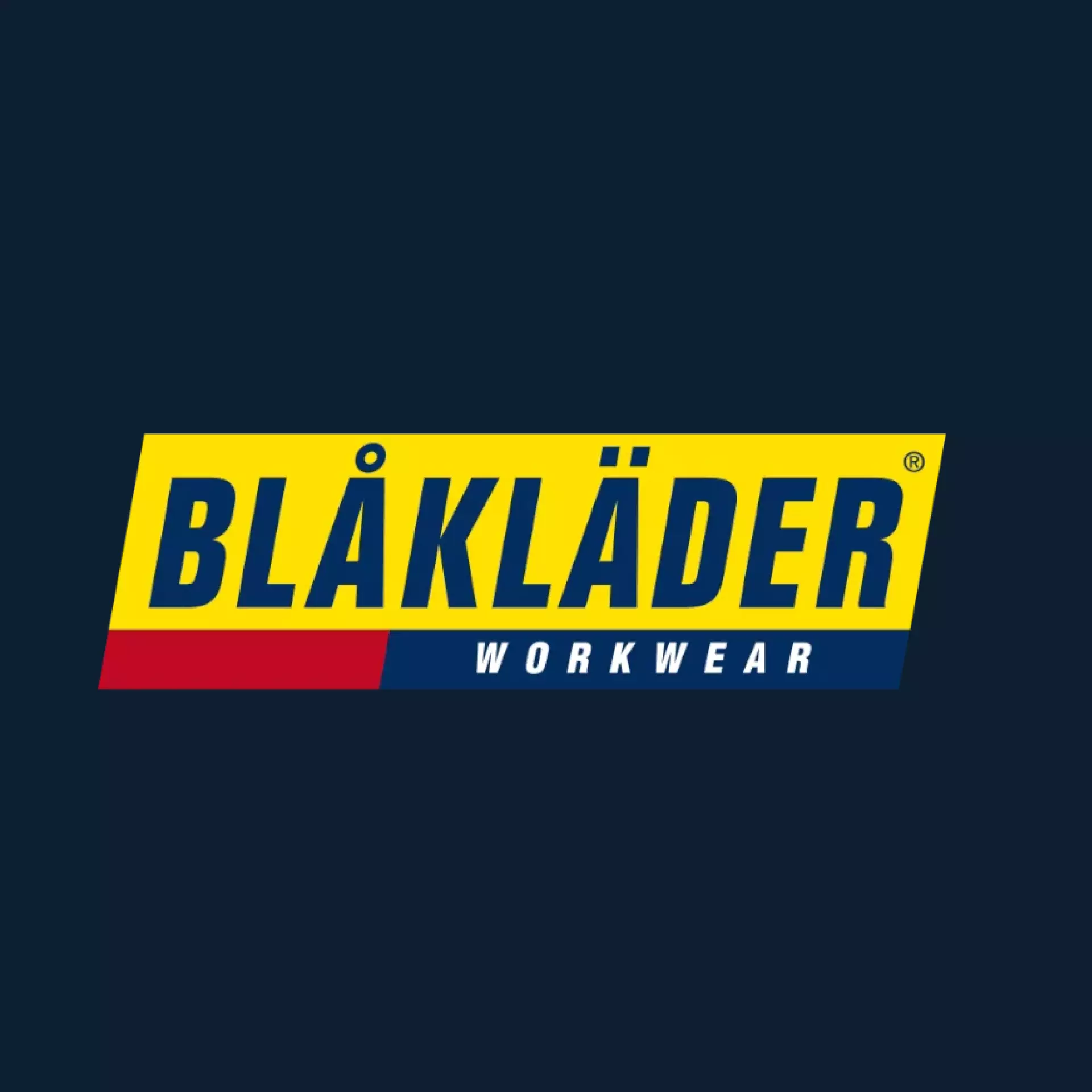

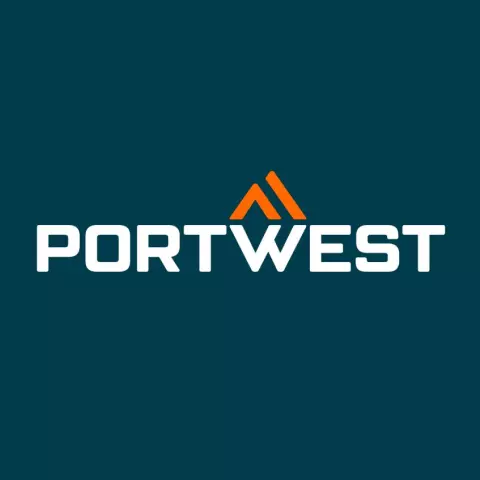

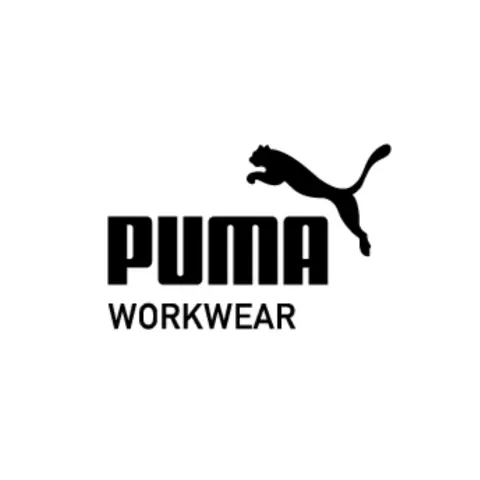




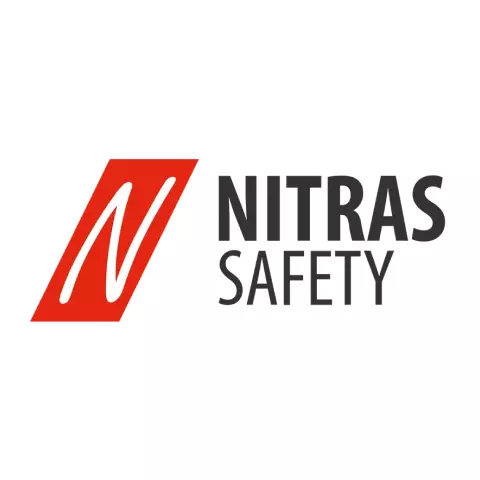

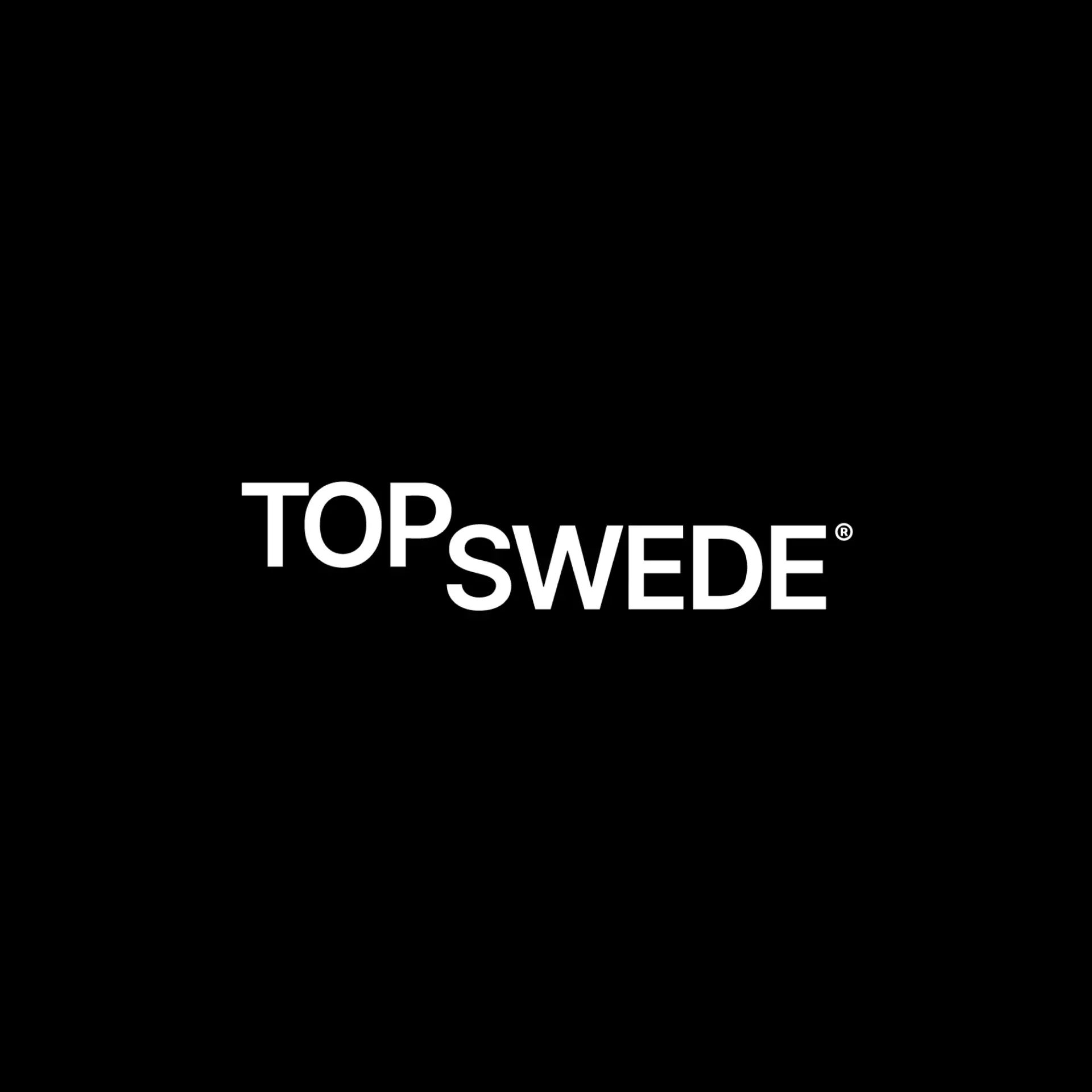


















Welding is a hard job that calls both knowledge and the right tools to guarantee efficiency and safety. The welding hard helmet is one of the most important personal protection devices (PPE) available to welders. Choosing the correct one is crucial for both satisfying occupational health and safety criteria and shielding against risks. Covering important considerations such safety features, comfort, materials, certifications, and European requirements, this guide offers a detailed analysis of how to select the best welding hardhat.
Welding hard hats protect against common workplace hazards such as:
Given these risks, a welding hard hat is more than a precaution—it’s a critical investment in personal safety.
Welding hard hats are typically made from materials designed to withstand extreme conditions. Common options include:
| Material | Advantages |
| Polycarbonate | Lightweight and impact-resistant. Suitable for prolonged use. |
| Fiberglass | Heat-resistant and durable. Ideal for high-temperature environments. |
| High-Density Polyethylene (HDPE) | Cost-effective and resistant to both impacts and chemicals. |
| Aluminum | Durable with excellent heat resistance but heavier than polymer-based options. |
The choice of material should depend on the nature of your welding tasks, frequency of use, and workplace environment.
An uncomfortable hard hat can lead to reduced focus and productivity. Look for features that enhance comfort, such as:
Different styles cater to specific needs. Welding hard hats can be categorized as:
When selecting a welding hard hat, ensure it includes:
An ADF lens in the welding helmet automatically adjusts to the appropriate shade when the arc is struck, offering improved visibility and protection. Look for ADF helmets with:
Choose a hard hat designed to withstand high temperatures, particularly if you work in environments where thermal exposure is frequent.
Following safety certifications guarantees that the hardhat can withstand abrupt impacts or falling debris.
In Europe, welding PPE must meet strict standards. Look for certifications like:
Overheating is a real risk, especially when welding aggressively, and poor ventilation is a major contributor. To enhance comfort while still providing adequate protection, many hard helmets come with ventilation holes or airflow systems.
| Feature | Purpose |
| Sweatbands | Absorb moisture, keeping the user comfortable during long shifts. |
| Compatibility with Accessories | Allows attachment of ear muffs, face shields, or other equipment. |
| Flame-Retardant Coatings | Adds an extra layer of safety in environments prone to sparks and heat exposure. |
Because SMAW makes a lot of heat and sparks, you need a helmet that can handle the heat and has built-in face protection.
GTAW demands precision, making lightweight hard hats with high visibility essential.
Since FCAW is often used in outdoor environments, full-brim helmets with UV protection are ideal.
To maximize the lifespan of your welding hard hat:
Standard hard hats provide inadequate defence against heat and UV/IR radiation, two risks particular to welding. Use a hard hat made especially for welding always.
Most manufacturers recommend replacing a hard hat every 2–5 years, depending on use and exposure. Inspect it regularly for signs of wear or damage.
Yes, they provide enhanced visibility and convenience, reducing the need to manually adjust the lens during welding.
When looking for the best welding hard hat, you need to think about safety, comfort, and how well it works. When welding, you can make sure that the job is both safe and effective by thinking about how long the material will last, whether it meets European standards, and what safety features it has. A good welding hard hat is not just an extra, it’s an important tool for keeping the workplace safe.
Thank you! You've signed up for our newsletter.









Overwhelmed by PPE options for food safety? Master your PPE selection for food workers safety with these practical tips.
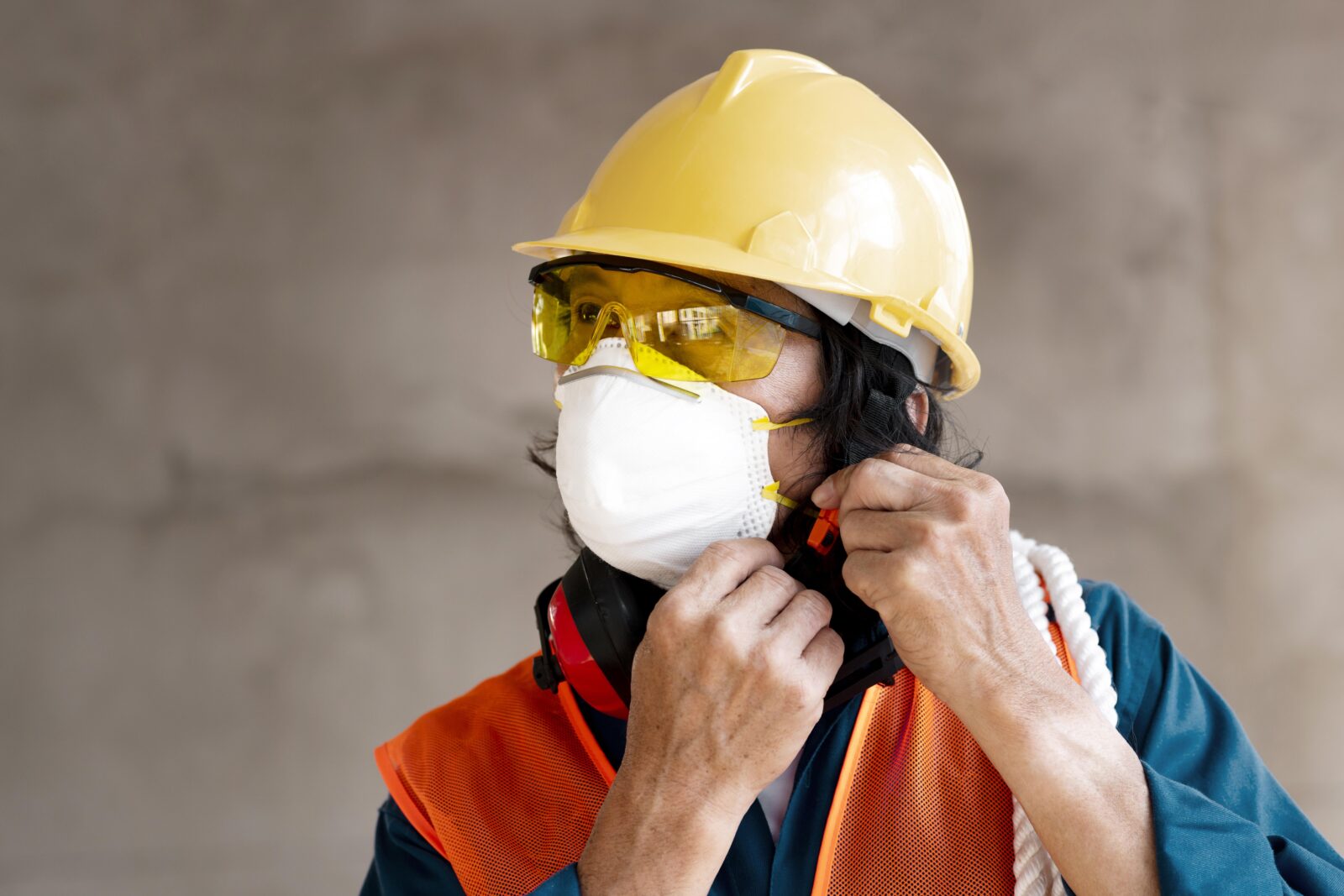
Respirators are critical safety devices used across various industries to protect workers from hazardous airborne substances. They are essential for...

Choosing the right heat-resistant gloves is very important for safety and performance when working in hot places. Heat-resistant gloves are...

Overwhelmed by PPE options for food safety? Master your PPE selection for food workers safety with these practical tips.

Respirators are critical safety devices used across various industries to protect workers from hazardous airborne substances. They are essential for...

Choosing the right heat-resistant gloves is very important for safety and performance when working in hot places. Heat-resistant gloves are...
Get 20€ off on your first order!
Save 30% by buying directly from brands, and get an extra 10€ off orders over €100
Save 30% by buying directly form brands, and get an extra 10€ off orders over €100